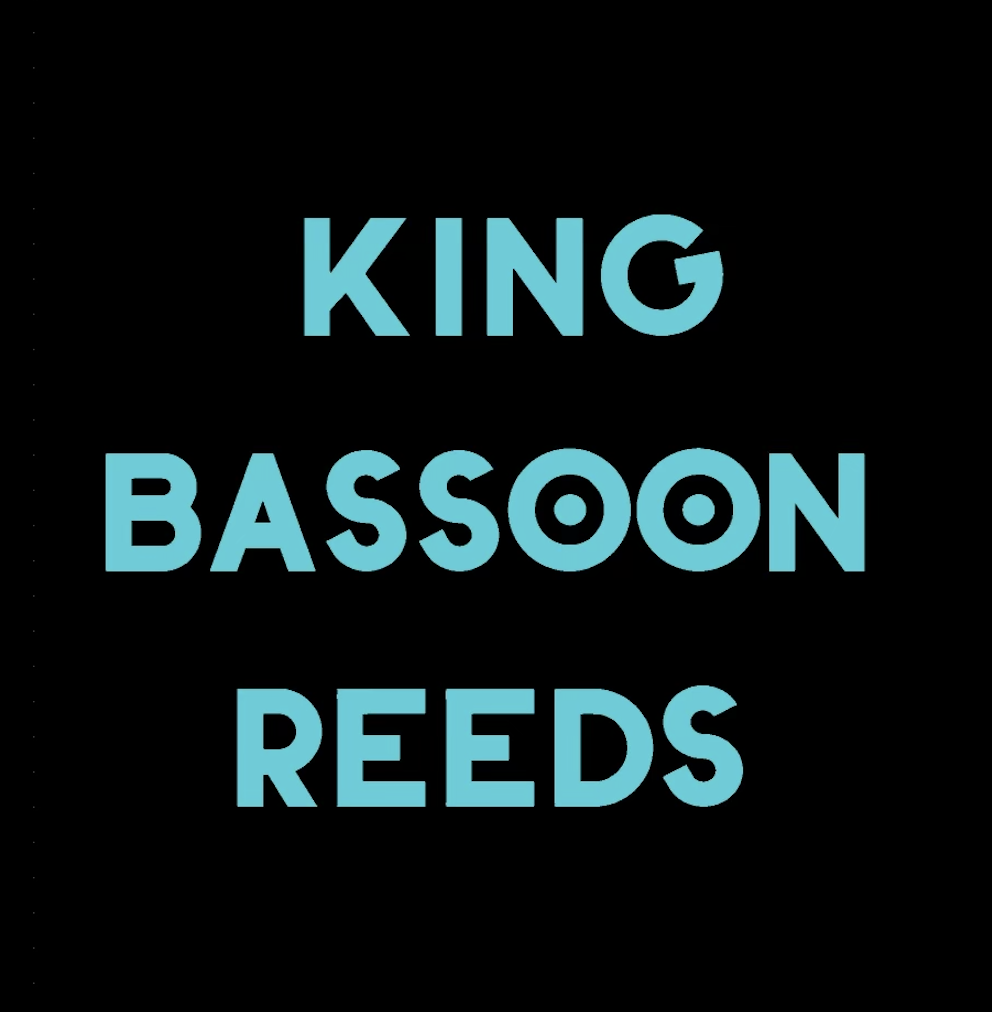Heitor Villa-Lobos wrote a series of 9 suites inspired by the composition style and harmonic procedures of JS Bach. Each of them is set with a different instrumentation and include traditional Brazilian folk tunes as well as popular melodies from 1930-1940.
Number 5 is for soprano and an orchestra of cellos. The original cello parts are divided into 4 cello parts with 2 players playing each part. In my video I stop before the middle section (because I didn’t want to deal with looping myself tempo changes)
Bachianas Brasileiras no 5 pdf














